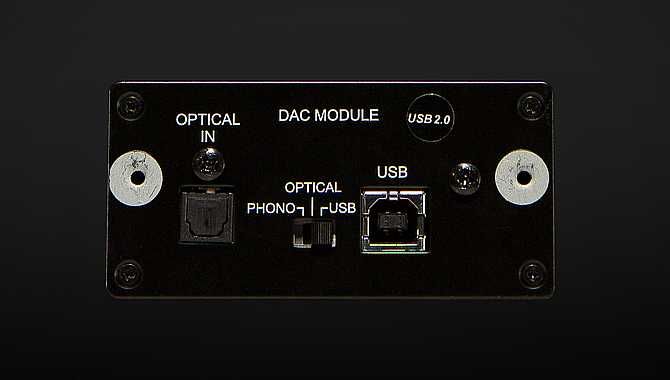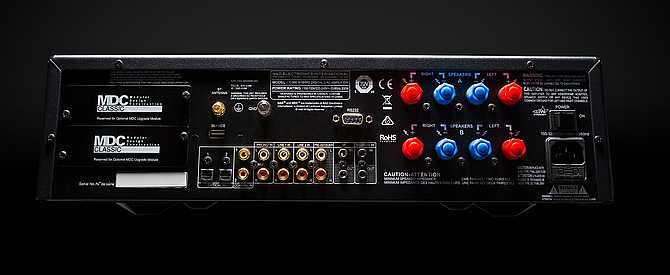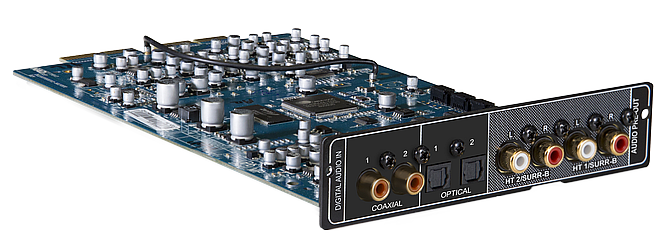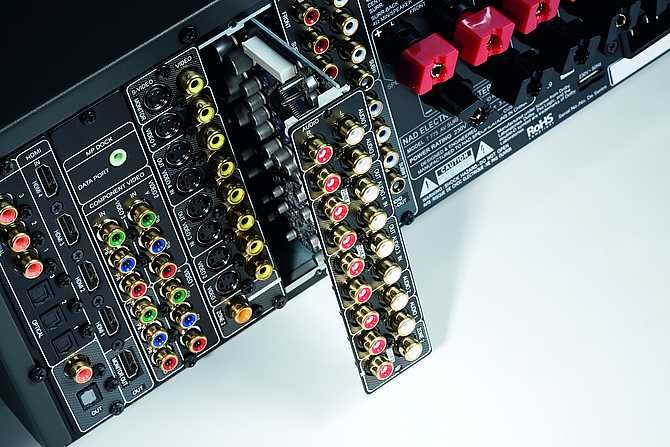In the world of constant software updates, it is not uncommon for our tech to become useless long before it physically stops working. Why? Because manufacturers eventually stop supporting a product with software updates. The problem is that the device may well remain in perfect working order.
This is what NAD would term premature obsolescence; a situation in which perfectly good hardware is completely discounted because only a small portion of it doesn't work anymore. Anyone who has bought a now-obsolete-yet-fully-working smartphone (and let's face it, that will be most of us) will be able to sympathize with this.
The Solution? Modular Design Construction
Thankfully, NAD has also come up with an answer to this particular problem: Modular Design Construction (MDC). With it, they intend to reshape the way we consume technology. Well, the way we consume NAD technology, anyway. It would be nice if other manufacturers followed its example, though.
NAD's argument follows the line that if you can still make use of 80 or 90 percent of a product, then why shouldn't you just do away with the 10-20 percent that no longer works. That is why they have incorporated MDC into the overall design of their AV receivers. It makes no sense, from a financial, ecological, or technological standpoint, to ditch the entire device.
Modular design construction makes it economically viable for the end-user to upgrade their device. Consumers no longer have to spend a heap of cash on a new amp because the Digital-to-Analogue Converter (DAC) can't be upgraded with any further software updates, making it obsolete. Instead, they can just purchase a new DAC, shaving hundreds of dollars off the cost.
Is This a New Development in Design?
Well, no, not really. For example, Google has been working on modular phones for several years.
But it is a problem that NAD has encountered and overcome repeatedly. It has always had the ethos that consumers should be able to upgrade their hardware as their tastes and budgets grew over time. So how does this work?
Users can buy a fairly basic integrated amplifier, for example, then upgrade it with additional MDC units until they have an amp that performs like a significantly more expensive model... just without the expense. Likewise, the introduction of digital audio and video caused problems for those with analog devices; NAD circumvented that by introducing the DAC MDC unit, keeping older models up with their younger siblings.
You would be forgiven for thinking that this might make your initial purchase more expensive, but there is a play-off here. Do you want an obsolete product in three years or a product you can upgrade yourself for 20 years?
Cas Oostvogel, NAD's product manager explains that, while there is an additional cost to manufacturing an upgradeable product, it also has benefits in terms of the performance of the overall device. This makes sense. If a product is upgradeable you expect it to improve, performance-wise, with that upgrade.
While it does take some skill to be able to change out the MDC modules, it is something that can be achieved with nothing more than a screwdriver at your disposal. Even if you do struggle with the task, you can ask one of NAD's official dealers, who will perform the swap for you.
In terms of cost, we're looking at quite a saving. NADs AV units retail between $1,500 and $5,500. The modules cost between $400 and $600, so you can see the saving here, immediately. Why spend a lot of money when you can potentially make a saving of $4,900? MDC technology seems like a no-brainer from this perspective.
Predicting the Future
Keeping devices current clearly requires a fair bit of creative thinking. The speed at which technology moves could surely hamper any kind of preemptive technological venture. How can you possibly make allowances in your design for future updates, when you don't know what those updates are going to be?
Greg Stidsen, CTO at NAD, says the secret lies in focussing on digital circuits. NAD has geared a lot its research towards HDMI video and licensed surround sound tech. The circuits used in the manufacture of these modules need to respond to the ever-changing AV-tech landscape.
As we move forward and the technology advances forward, NAD has recognized the fact that such tech requires faster processing speeds, more memory, and updated digital rights management firmware that is embedded in hardware (with HDCP and Apple tech being examples of this).
As we mentioned earlier, this is something that NAD has been doing for quite some time. In fact, they have successfully upgraded their AV Receiver range for five generations. Despite early skepticism around the whole notion of MDC, the brand has delivered four major upgrades since 2008, keeping users' tech riding the digital wave.
What About the Future of MDC?
Given the positive reception that NADs MDC architecture has received in the past, we can't see it going away any time soon. We'd like to see other brands following suit, but do the brains behind the NAD brand think we'll see more modular upgrades for tech?
Greg Stidsen, NAD's CTO, isn't so sure. While there have been several manufacturers offering modular expansion boards in the past, the lifespan of the overall product has been pretty short. This has meant that promises---from other manufacturers of similar tech--- have not been delivered upon.
So where will MDC take us in the future? Well, that all depends on what technological developments we see in the coming years. The platform has been flexible enough to cope with the introduction of Atmos, DTS-X, Dirac, and even 4K. In 2007, NAD had no way of knowing about these developments, yet their MDC tech was able to embrace them all.
What Is MDC and How Does it Benefit Audiophiles?
As you can see, NAD's MDC tech is pretty impressive. It benefits the end-user in a number of ways, as it is a financially viable way of upgrading your gear with the reliable NAD brand name attached for quality assurance.
Not only that, but it has wider benefits too. Tech has become as throw-away as drinks cans and sandwich wrappers, so it is excellent to see NAD reducing the waste from obsolete tech and ensuring that their impact on the environment is kept to a minimum. Long live modular design in audio technology, I say!
Featured Image Credit: Leo Wieling/Unsplash






